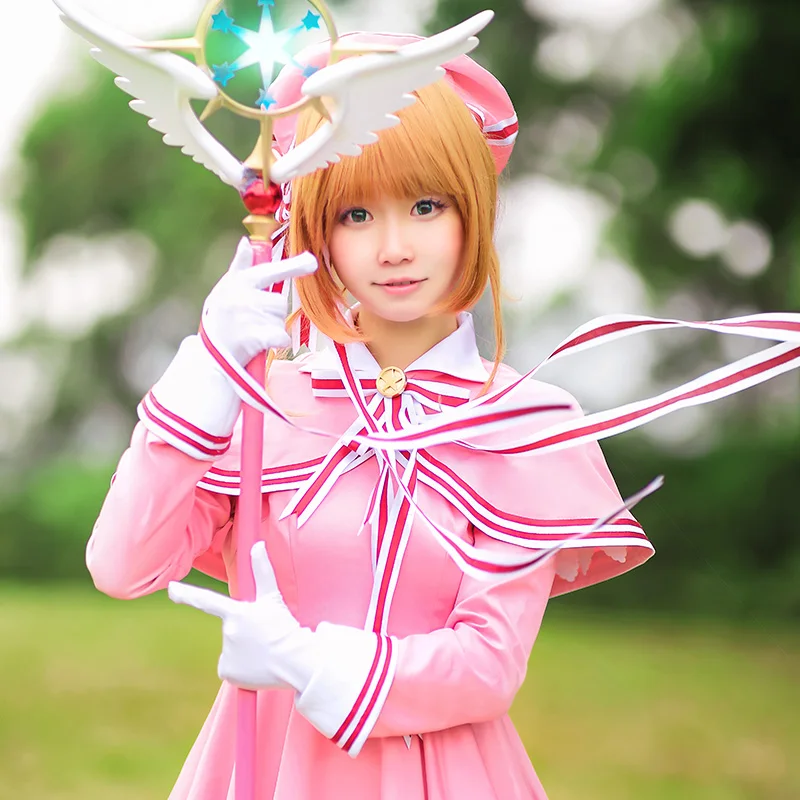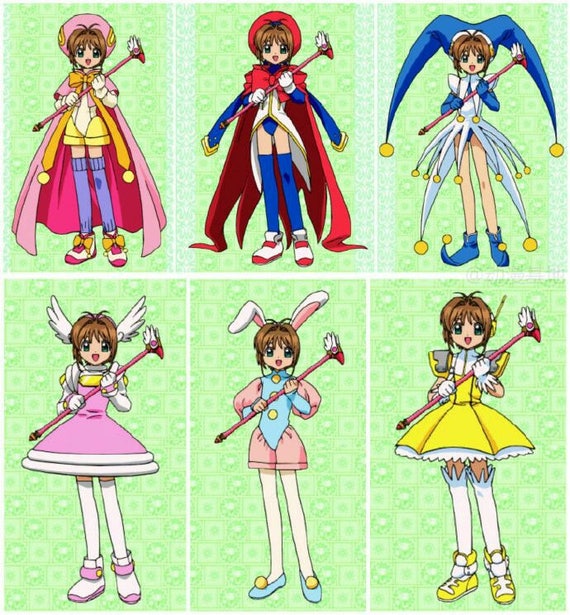
Overtime, the genre gradually developed its own canon. In the 70s, following the international success of the American sitcom Bewitched, the genre really took off. Published between 19, the manga already established some of these tropes – the young protagonist had a pocket mirror and used it to transform into anything she wished. Petit says the first iteration of the genre came with Himitsu-no Akko-chan by Fujio Akatsuka. But all stories use the same ultra-recognisable codes: A charismatic heroine frilly, over-the-top outfits magical cosmetic accessories never-ending (and sexualised) transformation sequences adorable pets.

The trope has taken on very different forms over the years – from the dark storylines of Marvelous Melmo (1971) to the ultra-sexy warriors of Cutie Honey (1973-1974) via the cutesy witches of Magical Doremi (1999-2004) and the subversive approach of Puella Magi Madoka Magica (2011). “It's not just a generational phenomenon, magical girls have clearly become an essential part of pop culture,” says Aurélie Petit, a PhD student at the Concordia University Montreal specialising in Japanese animation.

Whether it's a collector's re-issue of Sailor Moon or a completely newer title like Tokyo Mew Mew(2000-2003), magical girls clearly continue to sell.

You only have to visit the manga section of any bookshop or Japanese shop to realise just how long-lasting the allure of these super chicks is. Yet 30 years after the success of the most iconic magical girl of all, Sailor Moon, I can't help but notice how their popularity hasn’t really aged.


 0 kommentar(er)
0 kommentar(er)
